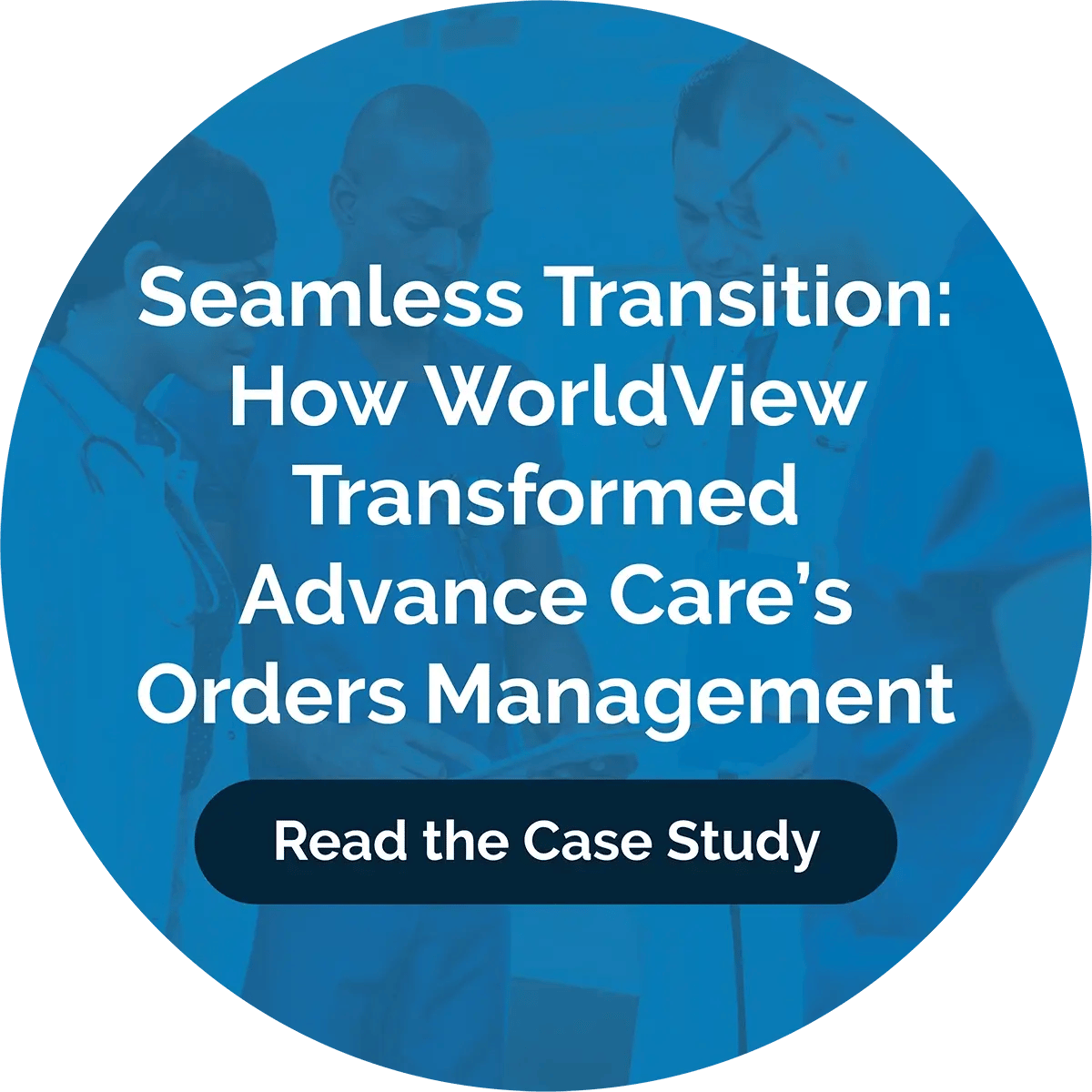How Referral Automation Speeds Up Care Delivery in Home Health

For home health agencies and those who serve some of the most vulnerable patients in senior and hospice care, referrals are a necessary part of daily work. However, a delay in referrals can bottleneck the care process, and patients have to wait longer to get the care they need. Furthermore, staff members often spend their time retyping referral requests and duplicating information, which can produce minor errors that later lead to compliance issues.
That's where referral automation can turn a frustrating, time-consuming task into a streamlined process. By using referral automation, it's possible to capture, route, and validate referrals automatically, which means you can remove the bottlenecks caused by manual entry and shorten the time between referrals and when care can begin.
The Referral Bottleneck
Referring a patient to another doctor or service can take time, but it doesn't have to take days or weeks. Conventional intake often depends on paper faxes, scanned PDFs, or email chains, which results in unnecessary delays. These traditional referral processes mean staff members spend hours re-entering data, sorting through documents, and looking for missing information. Because of this bottleneck, patients may wait days before being assigned to care. That delay makes a huge difference to a patient in pain or distress, and it can be reduced or eliminated with automated processes.
Automating Referral Capture
Manually entering information every day takes time and can lead to errors that affect patients' health. That time can be better spent with patients and on other tasks that require personalized attention.
Automating referral capture by extracting data automatically from PDFs, faxes, or EHR feeds means there is no need for staff members to re-enter information. Automation helps reduce the risk of manual transcription errors and saves time, too. Tools like Referral AI enable your team to move beyond the tedious manual method of handling paperwork, allowing them to focus more on patient care.
Routing and Assigning Referrals Automatically
Instead of manually routing and assigning referrals, rules-based routing assigns referrals instantly to the correct team. For example, you can use region-based assignments or specialty matches to ensure the right providers get referrals sent to them when they're entered into the system. This kind of healthcare process automation means there is no delay due to misrouting, ensuring patients can get their referrals faster. Faster patient referrals promote faster and improved patient care and quality of life.
Reducing Errors With Standardization
All referrals should be completed the same, and that standardization should confirm that all necessary information is present on the form before it's sent out. Referral templates enforce required fields, and automated validation ensures complete, compliant forms. With this automation in place, all referrals are complete before moving forward, ensuring compliance and speeding up the patient intake workflow.
Improving Visibility Across Teams
A clinical team needs a single source of truth to make informed decisions about patient care while being sure they have all the insight they need. Additionally, that source of truth should be updated in real time. With Referral AI with Kno2, intake staff, clinicians, and compliance officers see referral status in real time. This helps reduce miscommunication and delays, improving care coordination and verifying that all necessary parties have the information they need to support a patient's care.
The Direct Impact on Patients
Patients enjoy when their care goes smoothly, whether that's checking into an office or getting a referral to go through. Faster patient onboarding prompts an earlier start in care, and that earlier start means patients spend less time in pain or dealing with other health problems. Continuity from hospital discharge to home is smoother when you have automated referrals. And, when referrals are automated, patients get their medications on time, get in to see their doctors sooner, and get strong care without unnecessary gaps in treatment.
The First Step to Better Care
Fixing the referral process doesn't just improve patient intake inside the office. It can also improve every part of patient care that follows. From scheduling with other providers to physician order tracking, billing, and compliance, everything runs smoothly when referrals come through correctly from the very beginning. In agencies, you have the benefit of fewer errors, improved performance, and a stronger reputation for providing the kind of care that patients deserve.
The right changes in your workflows can make a difference in patient care and employee experience. They save you time and minimize the risk of errors in the long term. Explore WorldView Referral Automation and see how accelerating referrals is key to providing better care for your patients.
Get Awesome Content Delivered Straight to Your Inbox!
Posts by topic
- Healthcare
- Business
- AI
- Hospice
- AP Workflows
- Home Care Management
- hospice-care
- General
- Industry Insights
- agency
- Commercial
- reporting
- Data Analytics
- referrals
- News
- Referral AI
- billing
- business goals
- Blog
- business development
- Operations
- partners
- Integration
- Healthcare Trends
- leadership
- Medicare
- Compliance
- audit
- medicaid
- Better Charting
- regulations
- Application
- Automation
- CRM
- DMSi
- Events
- KanTime
- Press Release
- Revenue Growth
- Announcements
- Artificial Intelligence
- EHR
- ESign
- Guides
- Homecare Homebase
- Mobile
- Physician Order Tracking
- axxess
- interoperability
- payor See All See Less


.png?width=596&name=1%20(6).png)

.png?width=596&name=3%20(8).png)